Being an architect in the United States isn’t always as easy as it seems. There are a lot of facets that one must pay attention to, especially if you’re to stay afloat and grow your portfolio. This reason alone is why many young architects and even seasoned architects move to big cities like Chicago. From architectural visualization in Chicago to other methods, many will try anything to stand out.
They hope that big cities mean big business, in a city that is constantly growing and changing. This could be true, but only if you manage to stand out among the crowd. Chicago is a city of giants, giant attitudes, giant legends, and giant buildings, and if you don’t make yourself known, you’re bound to get stepped on. But how do you do that in a city where everyone is trying to do the same?
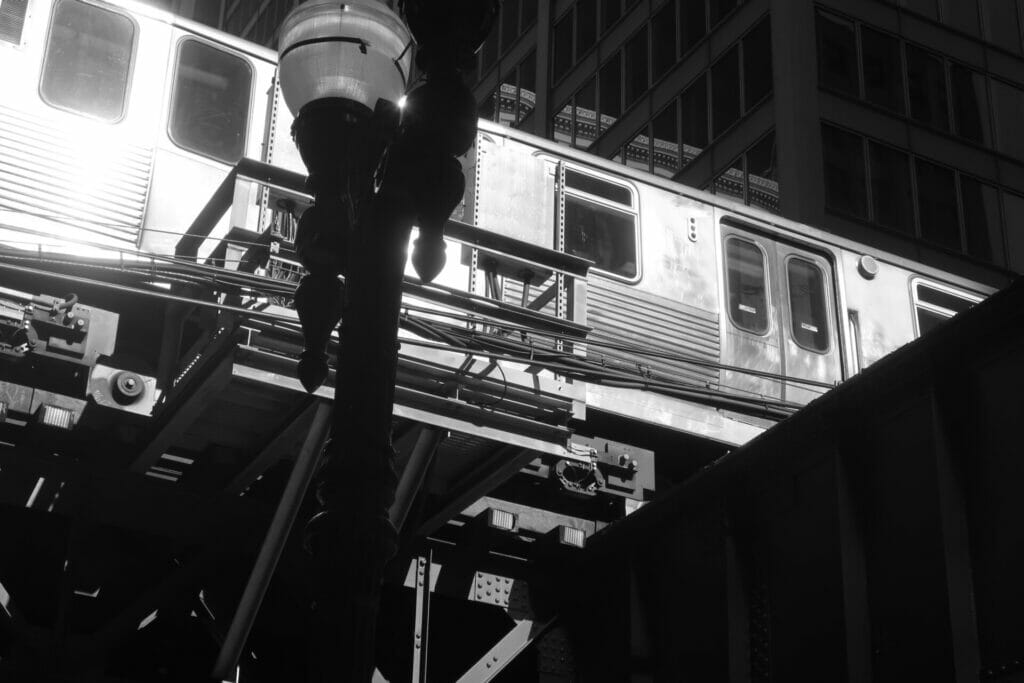
Even the subways in Chicago have an art form. Architectural visualization in Chicago can help visualize even the smallest projects.
You get creative. You get loud. You offer something that others can’t.
Chicago’s Architectural Style
The buildings and architecture in Chicago are similar to those in New York City, yet they are a breed of their own. It’s no secret that Chicago did it second, when another city did something, Chicago followed quickly after. However, much like the Chicago dog, they took something that already existed, and they put a spin on it-and architecture in Chicago wasn’t an exception.
The architecture in Chicago reflects the city’s history of multi-culturalism, featuring a blending pot of styles. Though many structures downtown were destroyed in the Great Chicago Fire in 1871, there are many prominent buildings that have been erected since, and they’re not going anywhere.
Chicago’s architectural style borrows from a lot of different locations and styles, including Chicago Bungalows, two-flats, Graystone, and more. Architectural visualization in Chicago helps to visualize these styles well before they’re built.
The Loop offers a cautious blend of skyscrapers and residential zones that easily carry you back sixty years. You can hear the kids jumping rope, and on a hot Chicago summer day, you can almost taste the old popsicles as they drip to the sidewalk outside one of Chicago’s many historical townhomes. The Loop also features prominent sacred Polish Cathedrals, and business fronts taken right out of a 1940s gangster movie. There’s something for everyone, and it goes back centuries.
Chicago helped erect some of the first modern skyscrapers, a result of architectural pioneers of the Chicago School of the late 1890s. This includes The Montauk Building, which was designed by John Wellborn Root Sr and Daniel Burnham, built from 1882-1883, and uses structurally advanced steel.
Louis Sullivan threw historical tradition and expectation to the Chicago wind, designing buildings that emphasized and celebrated their vertical nature. This form of architecture, pioneered by the likes of Jenney, Burnham, Sullivan, and many others eventually became knowns as “Commercial Style.” This was eventually referred to as the “Chicago School” by historians.
Since 1963, a “Second Chicago School” has been emerging, thanks to the work of Ludig Miles Van Der Rohe, structural engineer Fazlur Khan, and others. Many architects have constructed landmark buildings in the city, including the “Chicago Seven” including James Ingo Freed, Larry Booth, Tom Beeby, Stuart Cohen, James Nagle, Stanley Tigerman, and Ben Weese. The newest generation uses aspects like architectural visualization in Chicago to stand out among the crowd.
Chicago also blends fantastic public art with their architecture, some of the world’s finest artists have public art features with Chicago architecture complementing them in the background. Such artists include Picasso, Miro, and Chagall.
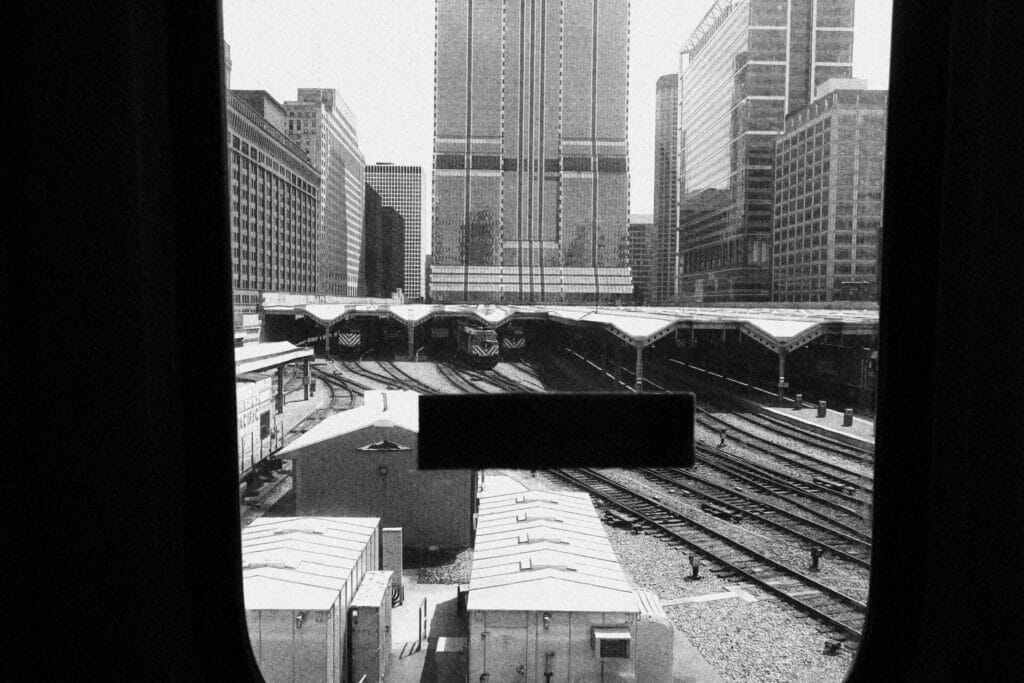
The Chicago skyline is unique, and built by architectural pioneers.
Residential Chicago offers its own style, the Chicago Bungalow. This style features a two-flat apartment building, which includes two apartments. Each of these apartments occupies a full floor, often with a front, the kitchen at the back, and bedrooms that run down one side of the unit.
Later, this formula would be followed in a smaller fashion, fitting two apartments per floor, or more. Chicago’s residential areas are the result of pioneering architect giants and those who have come after them.
The Next Generation
While Chicago may have been built by the greats, there is a new wave of greats making their name in the city, and you could be one of them. Chicago offers opportunities for those who create it. There are many residential and commercial architectural projects that take hold in the city every year, creating a new generation of Chicago giants.
But to become a Chicago architectural legend, you’ll need to stand out. The new generation of architects in Chicago is consistently growing, and therefore, there’s room and there’s space to be claimed. There is always the possibility of opportunity if you’re able to get out and find them. This is especially true when using a tool like architectural visualization in Chicago.
There is a new wave of architectural advancement, with stunning high-rises, iconic rehabs, and innovative public features entering the city by the day. The future of architecture in Chicago is sure to be outstanding, unique, and just as iconic as the past.
Standing Out as A Chicago Architect
When you walk the streets in Chicago, it’s easy to get a little overwhelmed. Everything around you seems to be so large, and the streets seem endless. It seems nearly impossible for anyone to stand out in the city, but that isn’t so, especially if you work smart.
As an architect, half of your battle is standing out to potential clients and firms. You want to be seen as an industry must-have, and it won’t happen overnight. Some architects spend years pounding the pavement, slowly moving up from client to client, firm to firm, before they really make a name for themselves in Chicago. No matter the method, you’ll need the tools to succeed.
These tools include:
A Good Portfolio
As an architect, you will rely on visuals and experience to woo potential clients. You work in a visual field, and those who are looking to hire you will expect to see a portfolio that not only conveys your abilities but also showcases what you have to offer. Take time to build a portfolio that not only shows what you’ve done, what you can do, and what you will do but also impresses others. The more you impress your client, the more deals you’ll make.
Visualizations
People are visual creatures, you work in a visual profession, and it only makes sense that you’ll need impressive visuals to stand out in a field that relies so heavily on them. This is where a service like ours comes in. We love helping Chicago architects create stunning visualizations of their architectural projects.
Whether you’re experienced, or somewhat new, we can take your projects, even if they’re just a few sketches, and turn them into hyper-realistic visualizations that are sure to impress any client. We use the finest and upcoming technologies to ensure that every client always gets the finest, most impressive results on the market. Stand out with your visuals, and you’ll stand larger than anyone else. From images to complete video walkthroughs, we have what you need to succeed as a Chicago architect.
Marketing
Chicago architectural giants have marketing giants backing them up. To survive as a pro in Chicago, you’ll need to make sure that your marketing efforts are on par or better than everyone else’s. To do this, you may need to put in a lot of research, and possibly even hire a decent marketing professional.
But you’ll also need to make sure that your marketing materials are worth looking at. Architectural visualization in Chicago makes a marketing difference. Our visualizations make outstanding marketing resources, helping you stand out even more.
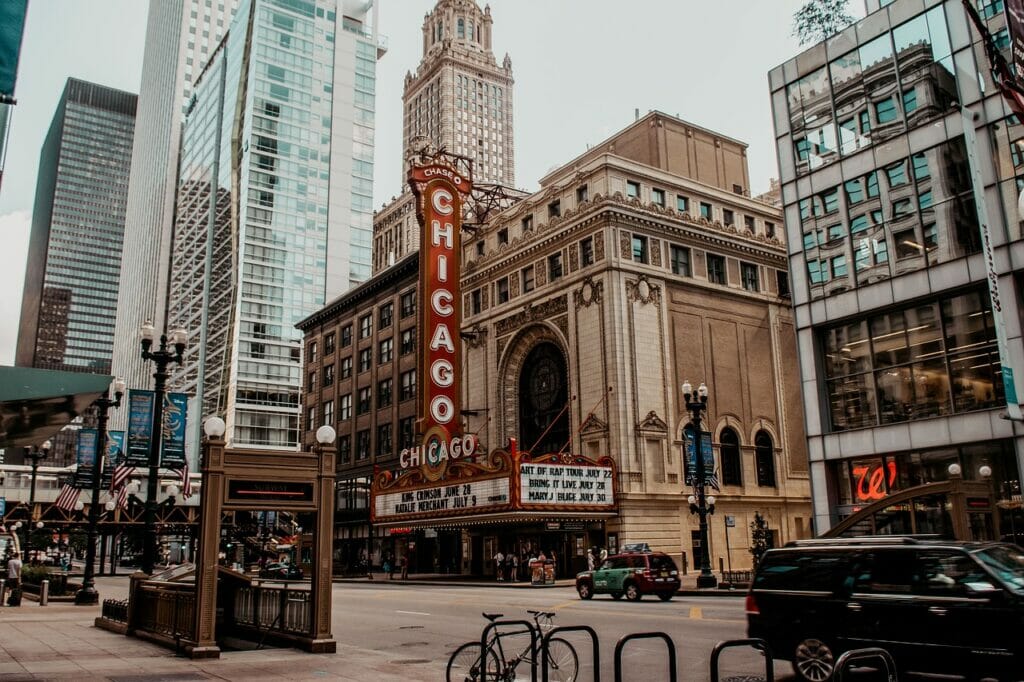
Chicago’s downtown is iconic, can you stand out there?
Consistency
A village doesn’t get built overnight, and Chicago didn’t either. You likely won’t become the top architect in Chicago overnight either, not even with some sweet architectural visualizations. However, what will get clients, and what will get you recognition is consistency.
It’s important to follow the formula of success, and then remain consistent. It may even get worse before it gets better, but with consistency, you’re bound to see results after enough time. You may have to slowly build yourself up, but many do, and you’ll leave a great legacy as you do it.
Architectural Visualization in Chicago
Visualization is an excellent tool to have, especially in Chicago. When you utilize architectural visualization in Chicago, you’re likely to catch the attention of those who you want to notice you. This is especially true if you present visuals that are high-quality, polished, and presented in a realistic and proper fashion.
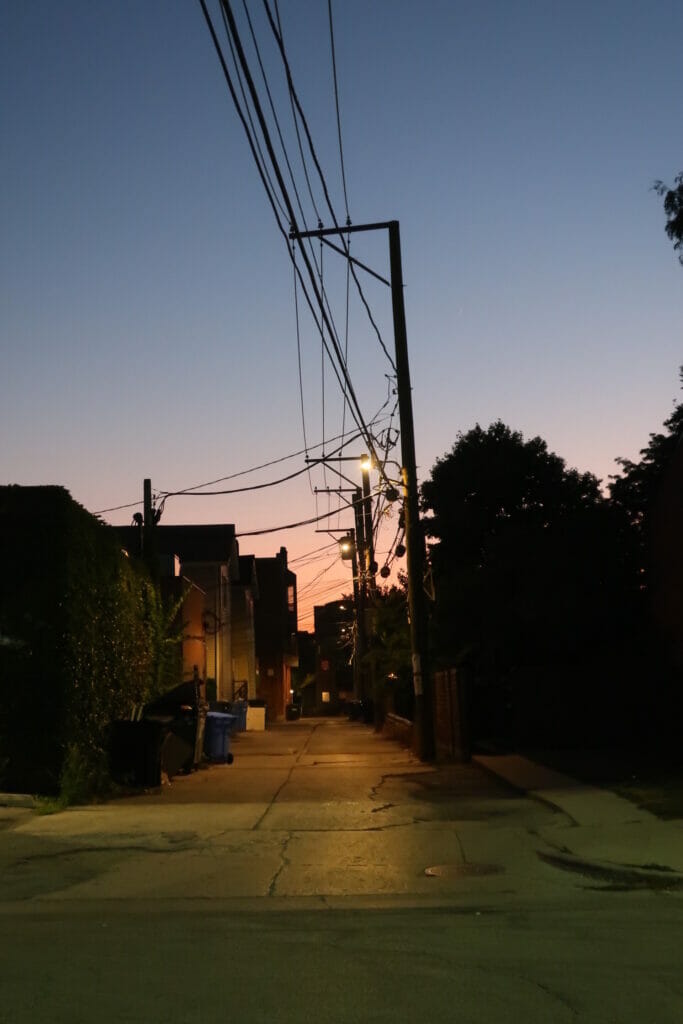
Chicago neighborhoods have a style of their own-as is seen here in this Little Italy view.
Architecture is a visual field, so the better your visuals are, the better you’re likely to fare. This is especially true in a big city. Consider the light poles in Chicago, when do you notice them? You notice them when there’s an interesting visual pinned to them.
Of course, this isn’t quite the same thing as presenting architectural visualizations, but it does prove the point that stunning visuals will collect the attention of the public, including professionals. Architectural visualization in Chicago is important, don’t cut corners, and don’t set yourself up for failure by not realizing that.
Chicago is an outstanding city to start and continue an architectural career. Some of the finest architects in the country have practiced in Chicago, and some of the future’s finest will likely practice in Chicago as well. With the right materials, and enough perseverance you may just be one of them. In a city of giants, it’s easy to get stepped on. This is less likely to happen when you utilize architectural visualization in Chicago.
If you do it right, and you present your work in the proper fashion, you may find yourself with some big shoes that nobody else could fill. If you want to become a Chicago architectural giant, you’ll need to act like one, and that means presenting your work in a way that gets noticed- contact us today for help visualizing your projects in a way that stands out among a city of giant buildings and giant legacies.
Will yours be next? With architectural visualization in Chicago, you just may be the next finest Chicago architect.
Contact us for more information regarding our many architectural visualization services in Chicago and elsewhere.
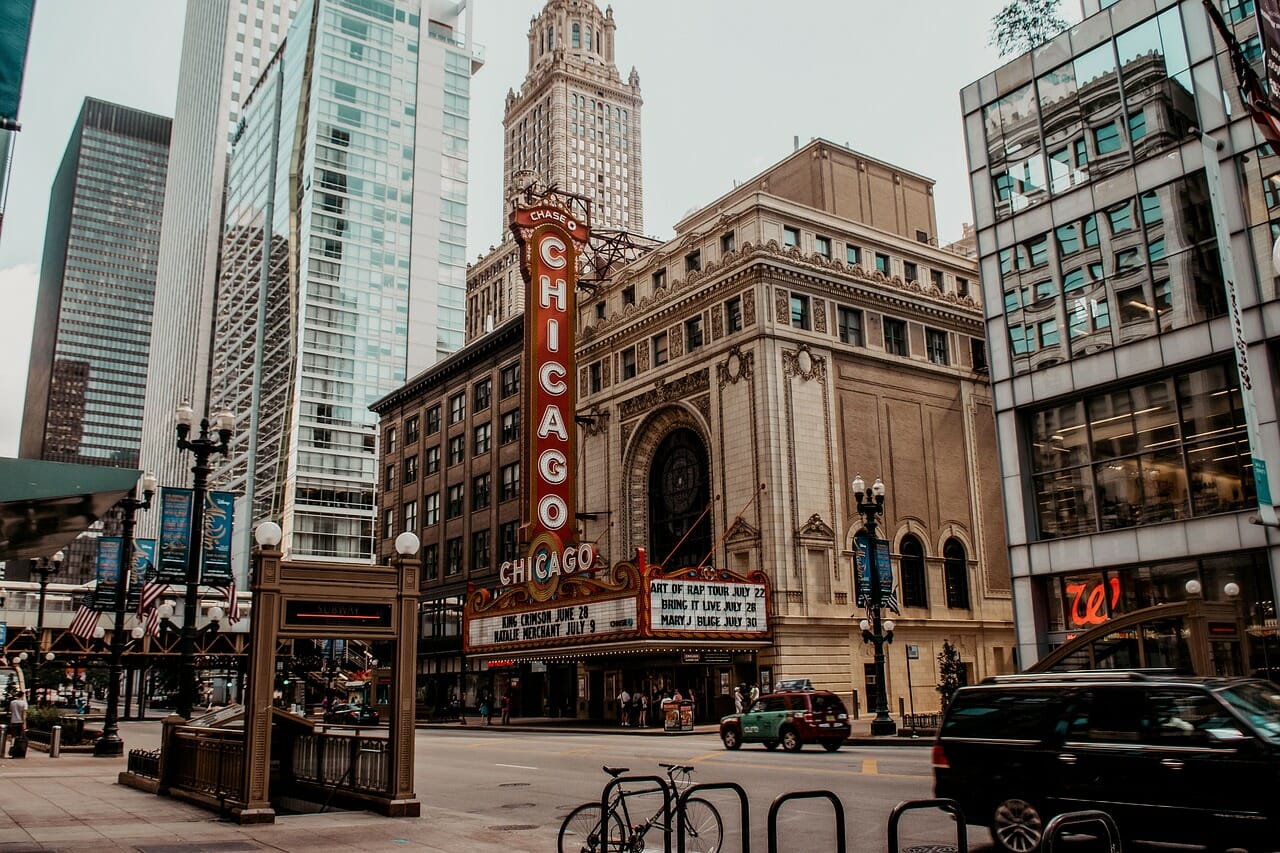
0 Comments